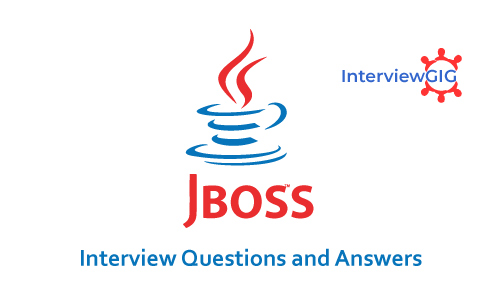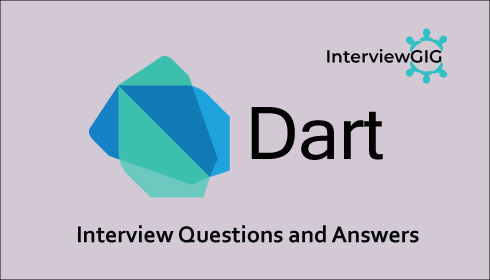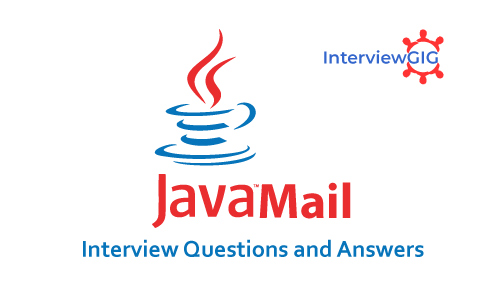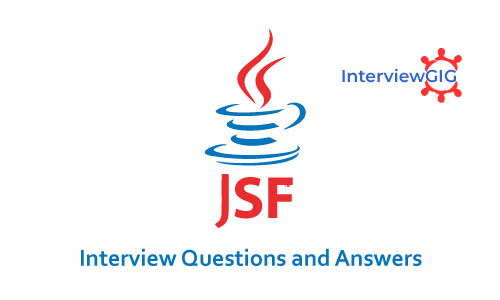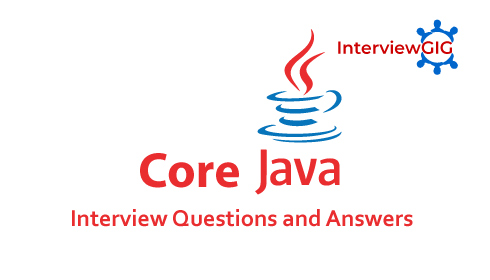What is the full name of Talend?
What is Talend Open Studio?
Talend Open Studio for Data Integration is an open source data integration product developed by Talend and designed to combine, convert and update data in various locations across a business.
When was Talend Open Studio come into existence/launched?
What is the difference between the ETL and ELT?
ETL stands for Extract, Transform and Load which is a process that involves gaining data from exterior source, converting it to get fit into operational requirement, then load it into the end target database.
ELT stands for Extract, Load and Transform which is the process in which data is get, then loaded into the staging table in the database and then data is converted according to the need.
What is the significance of tLoqateAddressRow component in Talend?
It is a component for mailing correct address belongs to the respective customer data to make sure a single customer view and good delivery for their respective customer mailing.
How we can change the background color of job designer?
We can change the background of job designer by clicking on the preferences of the window menus, after the talend, appearance,designer then click on color menu.
What do you mean by component?
Component is simply a functional piece which is used for a single operation. It is a bundle of file kept within a folder named followed by component name.
What is the difference between “Insert or Update” and “Update or Insert”?
Insert or Update: First tries to insert a record, but if a record with a matching primary key already exists, instead updates that record.
Update or Insert: First tries to update a record with a matching primary key, but if none already exists, instead inserts the record.
From a results point of view, there are no differences between the two, nor are there significant performance differences. In general, choose the action that matches what you expect to be more common: Insert or Update if you think there are more inserts than updates, Update or Insert if you think there are more updates than inserts.
What is the difference between Repository and Built-In?
In Built-In we can manually edit the data as data is kept locally in the job whereas in repository all the data is stored there only. We can extract only Read-only-information into the job from repository.
Which option is better Built-in or Repository?
It simply depends on the way we use it. We should use Built-in for the data which we use rarely and use the Repository for the data which we use repeatedly.
What is the difference between OnSubjobOK and OnComponentOK?
OnSubjobOK and OnComponentOK are trigger links, which can link to another subjob.
The main difference between OnSubjobOK and OnComponentOK lies in the execution order of the linked subjob. With OnSubjobOK, the linked subjob starts only when the previous subjob completely finishes. With OnComponentOK, the linked subjob starts when the previous component finishes.
Define tMap?
tMap is the latest component which simply converts and routes data from one or many sources to one or many destinations.
What are the operations which tMap allows?
- data transformation on any type of fields
- data multiplexing and demultiplexing
- fields concatenation and interchange
- data rejecting
- field filtering using constraints
What types of joins are supported by the tMap component?
Inner, outer, unique, first, and all joins
What is tDenormalizeSortedRow?
tDenormalizeSortedRow combines in a group all input sorted rows. Distinct values of the denormalized sorted row are joined with item separators. tDenormalizeSortedRow helps synthesizing sorted input flow to save memory.
What is tJoin?
tJoin joins two tables by doing an exact match on several columns. It compares columns from the main flow with reference columns from the lookup flows and outputs the main flow data and/or the rejected data.
What is the use of Numeric Routine?
It allows us to revisit whole or decimal numbers in order to use them as setting in one or more job mechanism.
What is the use of tLoqateAddressRow component in Talend?
This Component is used to correct mailing addresses associated with customer data to ensure a single customer view and better delivery for their customer mailings.
What is the use of tXML map operation?
With using this we can add various input and output flow as needed into the visual map editor to execute.
What is the use of Job view?
It shows many information belongs to the open job on the design workspace.
What is the use of String Handling Routines?
It allows us to take out many operations and test on alphanumeric expressions relay on Java methods.
Which component is used to sort data?
tSortRow, tExternalSortRow
What is the Difference between tAggregaterow and tAggregatesortedrow?
tAggregateRow – accepts input data even if it is not sorted
tAggregateSortedRow – accepts only sorted input, if data is not sorted before this component, job goes into infinite loop.
Hence tSortRow component must be used before taggregatesortedrow if input data to this component is not sorted already.
tAggregateRow – Number of input rows to this component, need not be specified.
tAggregateSortedRow– Number of input rows to this component, must be specified.
if not sure about no of rows that are going to flow from this component to next component then you can specify -1 there.
What is the Difference between tMap and tJoin?
tMap is frequently used component for joins and lookup purpose, it is also use for verity of operations and transformations, whereas tJoin is used for join and lookups only.
| tMap |
tJoin |
| It accepts more than one input one is main and rests of the lookups. |
It accepts only two inputs and only one is main and other one is lookup. |
| We can create more than one output |
It has two default outputs one is “Main” and another one is ” Inner join reject” |
| tMap has “inner join ” and ” left outer join” joining model |
tJoin offer`s only “inner join” |
tMap offers three match model
- Unique Match
- First Match
- All Matches
|
tJoin defaulted with Unique match |
| tMap allows to store data on file option for lookup data processing |
tJoin doesn`t offer this feature |
| In tMap you can filter data using filter expression |
tJoin doesn`t offer this feature |
| You can write transformation using expression builder at each column level |
tJoin doesn`t offer this feature |
|
|
What is the Difference between tJava,tJavarow,tJavaflex?
tJava: this component can be use as trigger component, At start of the job at end of the job.
tJavaRow: this component required main flow so it can be used at end of the Sub Job but not at the start of subjob.
tJavaFlex: this component holds capabilities of tJava & tJavaRows you can use this component for row generation, or at start of job, or at then end of sub job. or individual subjob. It gives you ability to auto propagate data.
How to add third party libraries to Talend project?
If you want to add/load third party libraries in Talend Project, then you can choose any of the solution below.
- Window -> Preferences -> Java -> User Libraries This will include jar files for all the project jobs.
- Use the tLibraryLoad component to load a lib file in a job.
- Use Routines “Edit Routine Libraries” option
- Right click on Routine
- Select Option “Edit Routine Libraries“
- On popup window click on “New” Button.
- Select “Browse a Library file” option.
- Browse and select required Library.
- Click on “if the library file is required” click “Ok”.
- Another ways is use “Module” Tab to download and installed Library.
